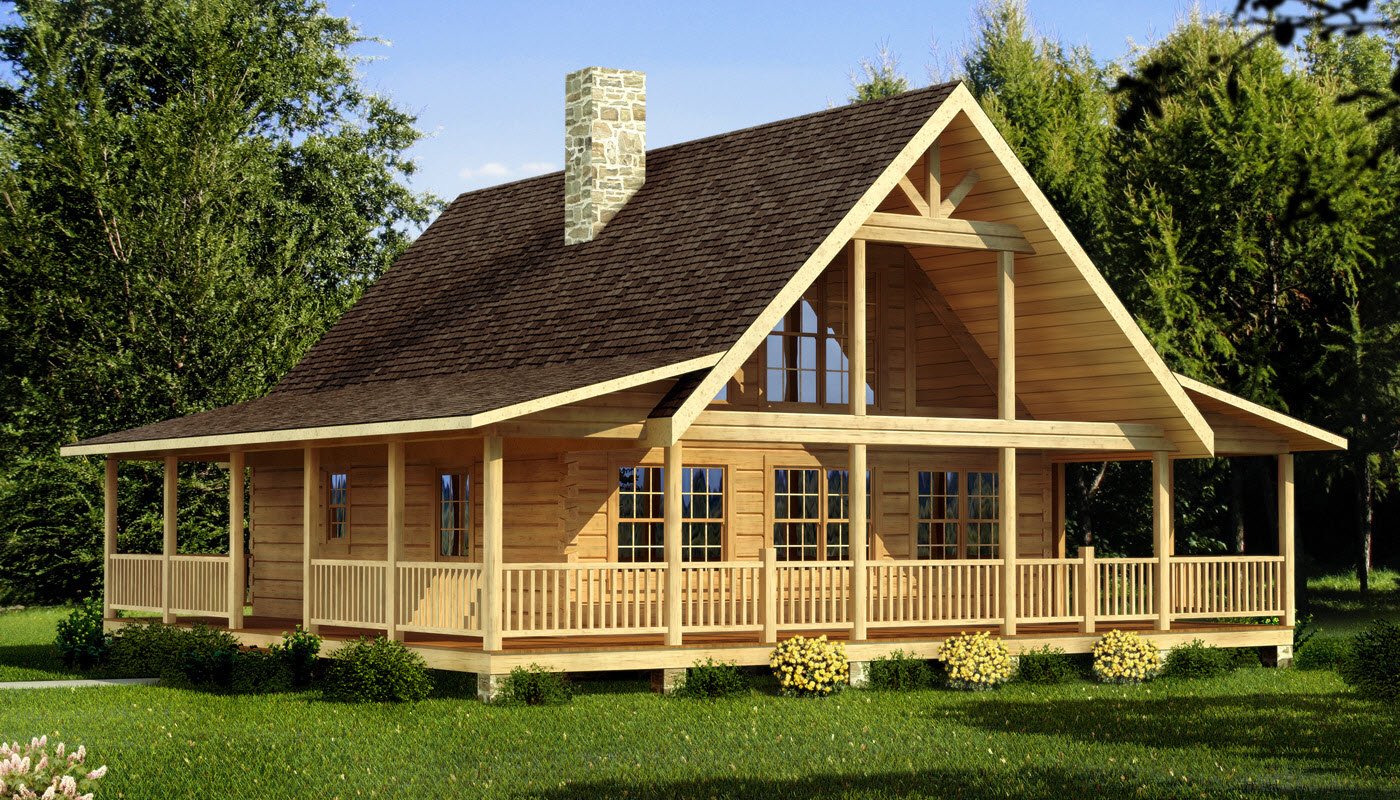Cabin Plans: Building Your Dream Getaway

Choosing the Right Cabin Plan
The first step in building your dream cabin is choosing the right plan. There are many factors to consider, including:
Budget
Before you start looking at cabin plans, it's important to determine your budget. Be realistic about how much you can afford to spend, and factor in any additional costs such as land, permits, and materials.
Location
The location of your cabin will also play a role in determining the right plan. Consider factors such as the climate, terrain, and surrounding landscape. A cabin in the mountains may require a different design than one near the coast.
Size and Layout
The size and layout of your cabin will depend on your needs and preferences. Consider how many bedrooms and bathrooms you'll need, as well as any additional features such as a fireplace or outdoor living space.
Types of Cabin Plans
Once you've determined your budget, location, and desired size and layout, it's time to start looking at cabin plans. Here are some popular types to consider:
Log Cabins
Log cabins are a classic choice for those seeking a rustic, natural feel. They are typically made from logs or timber and feature open floor plans, high ceilings, and large windows to take in the surrounding views.
Timber Frame Cabins
Timber frame cabins are similar to log cabins but feature a different construction method. They are made from large, squared-off timbers that are interlocked and held in place with wooden pegs. They often feature open floor plans and high ceilings as well.
Modern Cabins
For those who prefer a more contemporary style, modern cabins may be the way to go. These cabins feature clean lines, minimalist design, and often incorporate sustainable materials and technology.
Building Your Cabin
Once you've chosen the perfect plan, it's time to start building. Here are some steps to consider:
Site Preparation
The first step is to prepare the site where the cabin will be built. This may involve clearing trees, leveling the ground, and pouring a foundation.
Construction
Next, the cabin will be constructed according to the chosen plan. This may involve hiring a contractor or doing it yourself if you have the necessary skills and experience.
Finishing Touches
Finally, the cabin will be finished with interior and exterior details such as paint, flooring, lighting, and appliances. This is where you can really personalize your cabin and make it your own.
Pros and Cons of Building a Cabin
Building a cabin has both advantages and disadvantages to consider:
Pros
- Escape from city life and enjoy nature
- Personalize your retreat to your needs and preferences
- Potential for rental income if you choose to rent it out
Cons
- Costs can add up quickly, especially if you hire a contractor
- Maintenance and upkeep can be time-consuming and costly
- May be subject to zoning and building regulations
FAQ
Q: Do I need a permit to build a cabin?
A: It depends on your location and the size of the cabin. Check with your local building department for specific requirements.
Q: How much does it cost to build a cabin?
A: Costs can vary widely depending on factors such as size, location, and materials. A small, basic cabin may cost around $10,000, while a larger, more luxurious cabin could cost upwards of $500,000.
Q: Can I build a cabin myself?
A: It is possible to build a cabin yourself if you have the necessary skills and experience. However, it may be more cost-effective to hire a contractor for larger projects.
Q: How long does it take to build a cabin?
A: The length of time it takes to build a cabin depends on factors such as size, complexity, and weather conditions. A small, simple cabin may only take a few weeks, while a larger, more complex cabin could take several months.
Conclusion
Building a cabin can be a rewarding and fulfilling experience for those seeking a peaceful getaway in the midst of nature. By choosing the right plan, considering all the factors involved, and taking the necessary steps to build and personalize your cabin, you can create a retreat that is truly your own.
